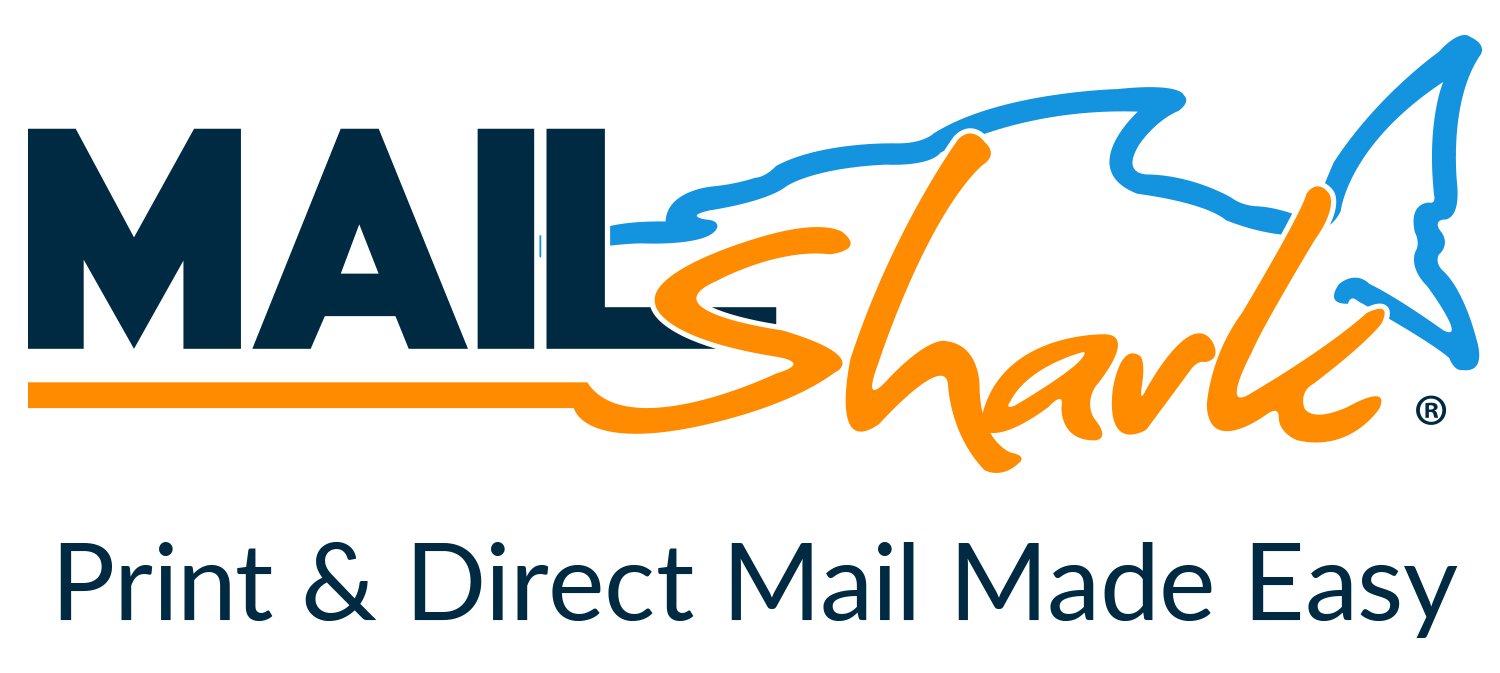Happy July 4th!
-
Available Subscriptions
-
Have you checked out Joe's Latest Blog?
-
By Joe Marconi in Joe's Blog0 commentsIt always amazes me when I hear about a technician who quits one repair shop to go work at another shop for less money. I know you have heard of this too, and you’ve probably asked yourself, “Can this be true? And Why?” The answer rests within the culture of the company. More specifically, the boss, manager, or a toxic work environment literally pushed the technician out the door.
While money and benefits tend to attract people to a company, it won’t keep them there. When a technician begins to look over the fence for greener grass, that is usually a sign that something is wrong within the workplace. It also means that his or her heart is probably already gone. If the issue is not resolved, no amount of money will keep that technician for the long term. The heart is always the first to leave. The last thing that leaves is the technician’s toolbox.
Shop owners: Focus more on employee retention than acquisition. This is not to say that you should not be constantly recruiting. You should. What it does means is that once you hire someone, your job isn’t over, that’s when it begins. Get to know your technicians. Build strong relationships. Have frequent one-on-ones. Engage in meaningful conversation. Find what truly motivates your technicians. You may be surprised that while money is a motivator, it’s usually not the prime motivator.
One last thing; the cost of technician turnover can be financially devastating. It also affects shop morale. Do all you can to create a workplace where technicians feel they are respected, recognized, and know that their work contributes to the overall success of the company. This will lead to improved morale and team spirit. Remember, when you see a technician’s toolbox rolling out of the bay on its way to another shop, the heart was most likely gone long before that.
-
-
Similar Topics
-
By carmcapriotto
The Weekly Blitz is brought to you by our friends over at Shop Marketing Pros. If you want to take your shop to the next level, you need great marketing. Shop Marketing Pros does top-tier marketing for top-tier shops.
Click here to learn more about Top Tier Marketing by Shop Marketing Pros and schedule a demo:https://shopmarketingpros.com/chris/
Check out their podcast here: https://autorepairmarketing.captivate.fm/
If you would like to join their private Facebook group go here: https://www.facebook.com/groups/autorepairmarketingmastermind
In this podcast episode, Coach Chris Cotton from Auto Fix Auto Shop Coaching delves into the multifaceted benefits of adopting a four-day workweek within the auto repair industry. He underscores significant enhancements in employee morale, work-life balance, and overall productivity, while also noting the potential to attract and retain top-tier talent. Chris provides an in-depth analysis of various structural approaches for implementing a four-day workweek, including staggered shifts and rotating schedules, ensuring that operations run smoothly without compromising service quality.
The episode, sponsored by Shop Marketing Pros, is a treasure trove of practical tips for auto repair shop owners contemplating this transition. Chris emphasizes the importance of developing a customized plan that meticulously balances employee satisfaction with operational efficiency. He discusses the nuances of different implementation strategies, such as ensuring adequate coverage during peak hours and maintaining customer service standards. Additionally, Chris shares real-world examples and success stories from shops that have successfully made the switch, providing listeners with a comprehensive understanding of the potential challenges and rewards.
Listeners will also gain insights into the financial implications of a four-day workweek, including potential cost savings from reduced overhead and increased employee retention. Chris highlights the importance of clear communication with staff throughout the transition process and offers advice on how to gather and incorporate employee feedback to fine-tune the new schedule. By the end of the episode, auto repair shop owners will be equipped with the knowledge and tools needed to make an informed decision about whether a four-day workweek is the right fit for their business.
Boosted Employee Morale and Productivity (00:02:19) Shorter workweek leads to increased productivity and higher job satisfaction, improving employee morale and focus. Improved Work-Life Balance (00:03:28) A four-day workweek allows for more family time, hobbies, and rest, reducing burnout and maintaining mental and physical health. Attracting Top Talent (00:04:23) Offering a four-day workweek can attract top talent valuing flexibility and work-life balance, setting the employer apart. Operational Efficiency and Financial Benefits (00:05:32) Streamlining operations, reducing turnover rates, and potential cost savings with a condensed workweek. Structural Approaches to Transitioning to a Four-Day Workweek (00:06:34) Staggered shifts, extended hours, rotating schedules, and seasonal adjustments to implement a four-day workweek.
Connect with Chris:
[email protected]
Phone: 940.400.1008
www.autoshopcoaching.com
Facebook: https://www.facebook.com/
AutoFixAutoShopCoachingYoutube: https://bit.ly/3ClX0ae
#autofixautoshopcoaching #autofixbeautofixing #autoshopprofits #autoshopprofit #autoshopprofitsfirst #autoshopleadership #autoshopmanagement #autorepairshopcoaching #autorepairshopconsulting #autorepairshoptraining #autorepairshop #autorepair #serviceadvisor #serviceadvisorefficiency #autorepairshopmarketing #theweeklyblitz #autofix #shopmarketingpros #autofixautoshopcoachingbook
Click to go to the Podcast on Remarkable Results Radio
-
By nptrb
Premium Member Content
This content is hidden to guests, one of the benefits of a paid membership. Please login or register to view this content.
-
By carmcapriotto
The Weekly Blitz is brought to you by our friends over at Shop Marketing Pros. If you want to take your shop to the next level, you need great marketing. Shop Marketing Pros does top-tier marketing for top-tier shops.
Click here to learn more about Top Tier Marketing by Shop Marketing Pros and schedule a demo:https://shopmarketingpros.com/chris/
Check out their podcast here: https://autorepairmarketing.captivate.fm/
If you would like to join their private Facebook group go here: https://www.facebook.com/groups/autorepairmarketingmastermind
In this podcast episode, Chris Cotton from Auto Fix Auto Shop Coaching offers valuable insights for auto repair shop owners. He emphasizes the importance of reflecting on the first half of the year and preparing for a successful second half by recognizing achievements and overcoming hurdles. Chris provides actionable steps such as revamping marketing strategies, investing in team training, and enhancing customer experience. He stresses the significance of setting clear goals, implementing strategic changes, and maintaining accountability. The episode concludes with gratitude to listeners and a reminder to stay positive and proactive in business endeavors.
Supercharge Your Auto Repair Business (00:00:01) Introduction to the podcast episode and a brief overview of what to expect. Mid-Year Reflection (00:01:06) Reflecting on the first half of the year for auto repair shop owners and setting the stage for the second half. Assessing First Half Performance (00:02:11) Reviewing achievements and setbacks in the first half of the year for auto repair shops. Overcoming Personal Roadblocks (00:03:15) Identifying and addressing internal barriers that may have held back the shop's performance. Setting Clear Goals (00:05:23) Discussing the importance of setting ambitious and measurable goals for the second half of the year. Actionable Steps for Improvement (00:07:21) Providing eight actionable steps for auto repair shop owners to consider for business growth and improvement. Accountability and Monitoring (00:13:01) Emphasizing the importance of tracking progress, reviewing key performance indicators, and holding oneself and the team accountable. Seeking Support for Business Growth (00:15:01) Highlighting the value of seeking support, collaboration, and learning from a network of like-minded individuals for business success.
Connect with Chris:
[email protected]
Phone: 940.400.1008
www.autoshopcoaching.com
Facebook: https://www.facebook.com/
AutoFixAutoShopCoachingYoutube: https://bit.ly/3ClX0ae
#autofixautoshopcoaching #autofixbeautofixing #autoshopprofits #autoshopprofit #autoshopprofitsfirst #autoshopleadership #autoshopmanagement #autorepairshopcoaching #autorepairshopconsulting #autorepairshoptraining #autorepairshop #autorepair #serviceadvisor #serviceadvisorefficiency #autorepairshopmarketing #theweeklyblitz #autofix #shopmarketingpros #autofixautoshopcoachingbook
Click to go to the Podcast on Remarkable Results Radio

-
By nptrb
Premium Member Content
This content is hidden to guests, one of the benefits of a paid membership. Please login or register to view this content.
-
-
-
Our Sponsors













Recommended Posts
Create an account or sign in to comment
You need to be a member in order to leave a comment
Create an account
Sign up for a new account in our community. It's easy!
Register a new accountSign in
Already have an account? Sign in here.
Sign In Now